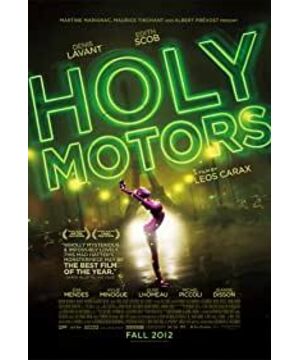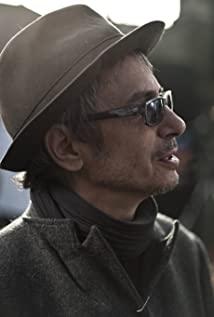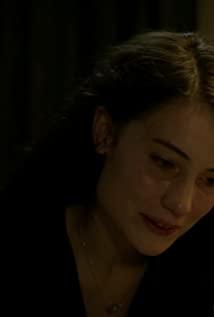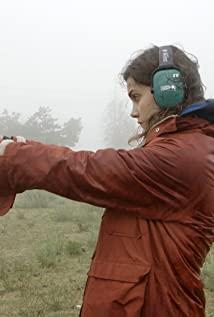Since "An Andalusian Dog" comes to mind, it is inevitable that some people will want to analyze the symbolic meaning of each picture one by one. Like the taxi driver Edith Scob wearing a mask, which of course is a tribute to French director Georges Franju's classic horror film "Les yeux sans visage"; or the old man A dying farewell to a young woman, why isn't Henry James' "Portrait of a Lady" recreated? But my attitude towards these representational intentions is also the same as my attitude towards “An Andalusian Dog”—a reading of visual semiotics, although useful for analyzing the author’s psychological state from a holistic perspective, attempts to use visual symbols to carry out pictorial narrative logic Sexual analysis is nonsense. The ten stories of "Holy Cars" are non-linear, and the only connection between the stories is Oscar (Denis Lavant) who plays these characters. He and the parallel lives he traveled through appeared together in director Karax's dream, and through the "car", the moving carrier, was implanted in the minds of the sleeping audience. It is obvious that what Karax abandons the linear narrative pursues is the situation, and the situation is not necessarily related to the narrative logic itself. Attempts to answer "what is it" through visual analysis to find a narrative "dark thread" are bound to fail.
The director of Karax probably has a special "monster complex". Among the ten stories of "Sacred Car Dealer", the most impressive one is probably his 2008 director's collection film "Tokyo!" "Mr. Maud, the weird man who lives in the sewer. This time, Mr. Maud has become an Oscar performance task, stealing the beauty model (Eva Mendes) to express his feelings in a very bizarre way. In fact, Carax's most acclaimed film, Les amants du Pont-Neuf (Les amants du Pont-Neuf), is in a way an outrageous tribute to the same unconventional taboo. At least in breaking taboos and removing limitations, Karax's efforts have been unified.
From the point of view of affection, every story of "Sacred Car Dealer" is actually a reflection and silhouette of a certain angle of the inner world of people; Oscar loses the line between performance and true love, which is not only the curse of the actor, but also the gift of the character . But the movie doesn't succeed just because it expresses these feelings. The charm of "Sacred Motors" lies in the way it seeks to express them. In ten unrelated scenarios, Karax continues to amaze, turning the film into a climactic collection of short fantasy stories! From family affection to deformity, from visual shock to emotional breakdown, you can't predict what his next arrangement will be. This is not a film about "what", but about the possibility of film, an exploration of artistic possibilities such as performance, sound and shadow, situation, and feeling. This exploration rejects interpretation and unification, it requires the audience to open their minds and engage with the characters in the audiovisual experience. In the exploration, Karax also let the "car" - the carrier - make its own voice as part of the character. It’s hard not to think of this arrangement as the autonomy of the camera, the relationship between machine/object and human, the relationship between the film industry and the filmmaker.
In the process of watching the movie, I was quite looking forward to the last sleeping audience opening their eyes one by one and becoming one with Karax's dream. But Karax is not David Lynch after all, and he seems to have no intention of making the film public and philosophical. Sacred Motors may still not be the best movie of the year, but I think it must be the most refreshing.
View more about Holy Motors reviews











